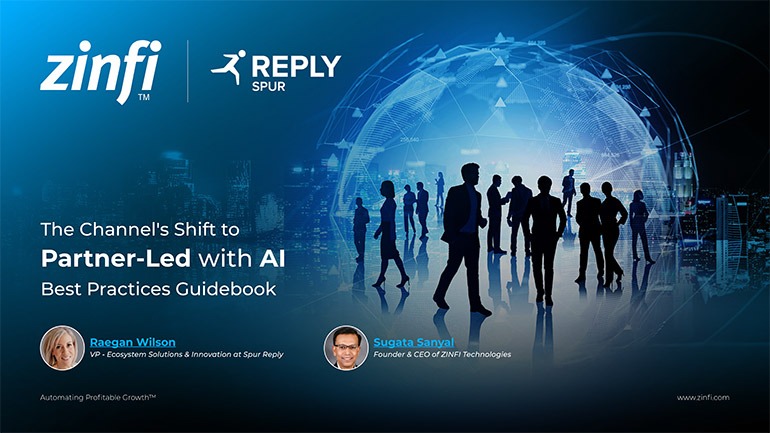Best Practices Articles
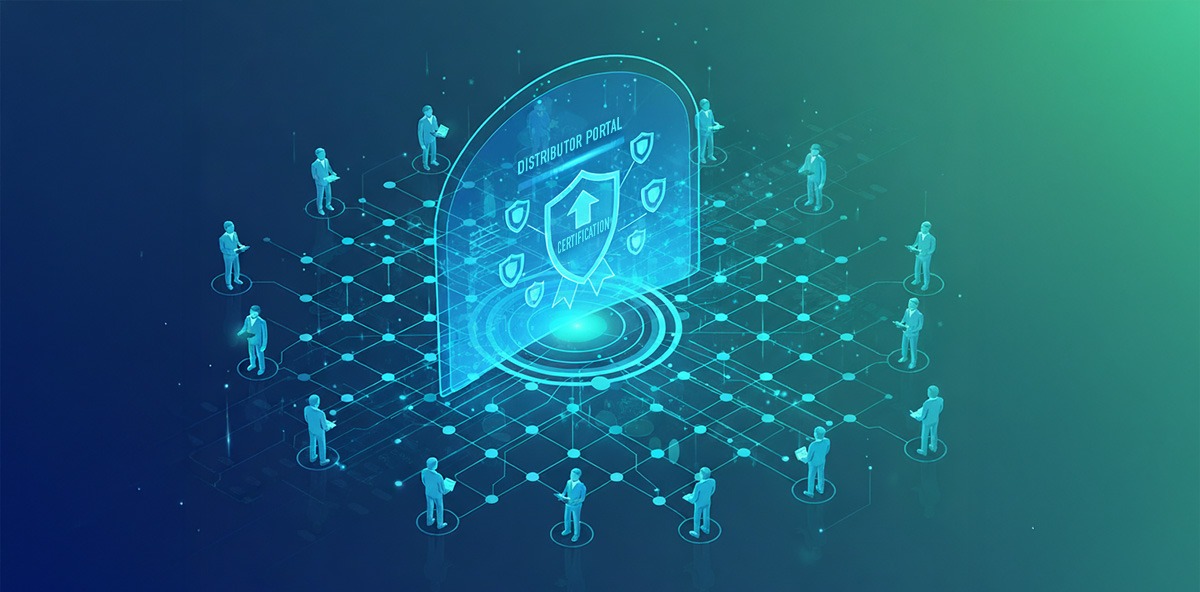
Enablement at Scale: Building a Certification Program Through Your Distributor Portal Software
Partner enablement must scale, which requires a strategic approach anchored by robust Distributor Portal Software. Global manufacturing relies on indirect channel partners; they are the face of your brand in distant markets, the trusted advisors to your end customers, and the engine of your revenue. This presents a fundamental paradox: your greatest asset is also your greatest variable. Success or failure of your entire go-to-market strategy hinges on one crucial factor: the capability and knowledge of every sales representative and technical engineer across your sprawling partner ecosystem. When they are knowledgeable, confident, and motivated, they are an unstoppable force. When they are not, they represent a massive liability.
Manufacturers have tried to solve this enablement challenge for decades with a playbook that is now fundamentally broken. The old models of "fly-and-train" sessions, generic webinar blasts, and static document libraries are hopelessly outmatched by the complexity of modern business. They are exorbitantly expensive, laughably unscalable, and fail to capture the attention of today's busy, distracted partners. A channel operating at a fraction of its potential results, characterized by inconsistent knowledge, slow product launches, and a frustratingly long time-to-revenue for new partners. A complete transformation of this approach is required to truly succeed on a global scale.
The future of partner enablement is not about doing more of the same; it's about leveraging technology to deliver a fundamentally different experience. Unlocking this potential lies within a modern Distributor Portal Software. A truly effective portal is not merely a passive content repository or a simple communication tool; it is a dynamic, intelligent enablement engine enabled by Distributor Portal Software. This article provides a comprehensive guide on how to move beyond outdated training tactics and build a world-class, scalable certification program that turns your channel enablement from a costly administrative burden into a predictable, measurable driver of strategic growth using your Distributor Portal Software.
The Strategic Imperative of Scalable Partner Enablement
An era of rapid product innovation, intense competition, and increasingly sophisticated buyers makes treating partner training as a "nice-to-have" a recipe for failure. Scalable enablement is no longer a peripheral activity managed by a small training department; it is a mission-critical function that must be woven into the very fabric of your channel strategy. The ability to quickly and effectively transfer knowledge to every corner of your partner network is a powerful competitive differentiator. The future of enablement is defined by the capabilities of your Distributor Portal Software to reach every partner globally.
From "Checked Box" to Strategic Weapon
Think about the last time your company launched a major new product. How long did it take for the majority of your partners to be able to confidently articulate its value proposition, differentiate it from competitors, and handle common customer objections? For most manufacturers, this process takes months, if not quarters, of painstaking effort. During this lag time, market share is lost, and sales forecasts are missed.
Imagine a different scenario: within days of the product launch, every partner sales rep, regardless of their location or tier, is automatically enrolled in a tailored, interactive learning path delivered through the Distributor Portal Software. They watch short video tutorials on their mobile devices, engage with product simulations, and pass a short certification quiz. Within two weeks, 80% of your global channel is certified and actively selling the new solution. This is the difference between a reactive training function and a proactive enablement strategy—it is the kind of agility that allows you to dominate a market.
The Staggering, Hidden Cost of an Uncertified Channel
The cost of a poorly trained channel extends far beyond missed sales opportunities, highlighting the need for a comprehensive solution like a Distributor Portal Software. It manifests as a series of hidden operational taxes that silently drain profitability from your business. Consider these downstream impacts:
- Longer Sales Cycles: When partner reps don't fully understand your product, they can't effectively handle objections or tailor the solution to the customer's needs. This leads to endless back-and-forth with your internal teams, dragging out the sales cycle and delaying revenue.
- Lower Average Deal Values: An under-trained rep will almost always default to selling the simplest, entry-level version of your product because it's what they know. They lack the confidence and expertise to upsell, cross-sell, and position a more comprehensive—and more valuable—solution.
- Increased Support Costs: Partners who are not properly trained on installation, configuration, and basic troubleshooting will escalate every minor customer issue to your Tier 2 or Tier 3 support teams. This not only frustrates customers but also pulls your expensive internal experts away from high-value tasks to solve problems your partners should have handled.
- Brand and Reputation Damage: Nothing erodes customer trust faster than receiving incorrect information from a certified partner. When a partner misrepresents your product's capabilities or provides faulty advice, it reflects directly on your brand, causing long-term damage that is difficult to repair.
These costs are not theoretical; they are a daily reality for companies relying on outdated enablement methods. True channel optimization begins with recognizing that investing in scalable enablement, powered by modern Distributor Portal Software, is one of the highest-ROI activities a manufacturer can undertake.
Why Traditional Enablement Models Are Failing at Scale
If the strategic importance of enablement is so clear, why do so many companies struggle with it? The answer is that they are trying to solve a 21st-century problem with 20th-century tools and methodologies. These traditional models were designed for a simpler, slower, and smaller-scale world, and they crumble under the weight of a modern global channel.
The Inefficiency and Elitism of In-Person Training
There is an undeniable value in face-to-face interaction. An annual, in-person summit for your top 50 global partners can be a fantastic way to build relationships and discuss high-level strategy. However, as a primary method for broad-based channel training, it is a catastrophic failure of scale. The logistical and financial overhead is immense: costs for venues, instructor travel, partner travel, and the opportunity cost of pulling dozens of people out of the field for several days are staggering.
More importantly, this model is inherently elitist. It only ever reaches the top 5-10% of your partner ecosystem. The "long tail"—the other 90% of your partners who may collectively represent a massive portion of your growth potential—is completely left out. They never get the benefit of this focused training, which creates a permanent knowledge gap and reinforces the 80/20 rule, where a small fraction of your partners drives the majority of your revenue.
The Engagement Abyss of "Webinar Overload"
In an attempt to scale beyond in-person events, most companies turned to webinars. On the surface, it seemed like a solution: a single instructor could present to hundreds of partners at once. But this quickly led to the phenomenon of "webinar overload." Partners today are inundated with invitations to hour-long, passive presentations that are often scheduled at inconvenient times for their geography.
The engagement model is fundamentally broken. Partners register with good intentions but often end up multitasking—answering emails, taking other calls—while the webinar drones on in another window. There is no real way to measure knowledge transfer or even attention. Did they understand the key differentiators you presented? Did they learn how to navigate the pricing tool? There is no way to know. It’s a passive, one-to-many information dump with near-zero accountability or measurement of effectiveness.
The Static Graveyard of the Document Repository
The next evolution involved creating a partner portal. However, most first-generation portals were little more than digital filing cabinets. They became a "static graveyard" of outdated PowerPoint presentations, dense technical manuals, and a chaotic folder structure that was impossible to navigate. First-generation portals were essentially document archives, a failing that modern Distributor Portal Software corrects by integrating a full LMS. This approach places the entire burden on the partner to find what they need, with no guidance, no structure, and no defined learning path. This is not an enablement strategy; it is a content archive. It presumes that partners have the time and motivation to sift through hundreds of documents to piece together their own education. The reality is that they will only do this when a customer asks a question they can't answer. It's a reactive, just-in-time approach to learning that fails to build the deep, foundational knowledge required to proactively create demand and win competitive deals.
The Foundation: Your Distributor Portal Software as an Enablement Engine
The only way to break free from these failed models is to adopt a platform-centric approach. A modern distributor portal software with a deeply integrated Learning Management System (LMS) provides the foundation for a scalable, engaging, and measurable enablement program. This is the core of channel modernization.
The Unbeatable Advantage of an Integrated LMS
Many companies have an LMS, but it often exists as a completely separate system from their partner portal. This is a critical mistake. When training is in a separate silo, it feels like a chore—one more login to remember, one more system to learn. Adoption plummets.
Integration is the game-changer. Learning is woven into the partner's daily workflow when the LMS is a native component of the Distributor Portal Software. They log in to the portal to register a deal, and they see a notification about a new training module related to that product. They are checking the status of their marketing fund request and are prompted to complete a certification that will unlock more funds. This contextual integration reduces friction and dramatically increases engagement because the training is presented to them at their moment of need, within the same environment where they conduct the rest of their business. The integrated nature of the Distributor Portal Software ensures that training is accessible at the moment of need.
Building Personalized Learning Journeys, Not Generic Courses
The one-size-fits-all approach is the single biggest failing of old enablement models. A brand-new sales rep at a small dealership in a developing market has vastly different needs than a senior solutions architect at a premier distribution partner. A modern enablement platform, a key feature of any Distributor Portal Software, allows you to move away from generic content and create highly tailored, personalized learning journeys that are dynamically assigned to partners based on their specific attributes. This intelligence is built directly into a high-functioning Distributor Portal Software.
This is achieved through intelligent segmentation:
- Segmentation by Role: The Distributor Portal Software should allow you to create distinct learning paths for every key role within your partner organizations.
- Sales Professionals: Their journey would focus on modules like "Understanding the Ideal Customer Profile," "Competitive Battlecards," "Handling Common Objections," and "Product Demo Best Practices."
- Technical Pre-Sales Engineers: Their path would include deep dives into "Solution Architecture," "Integration with Third-Party Systems," "Proof-of-Concept Deployment," and "Technical Discovery Questions."
- Post-Sales & Support Staff: This track would cover "Implementation and Configuration," "Troubleshooting Common Issues," and "Customer Onboarding Checklists."
- Segmentation by Tier and Maturity: Not all partners are created equal, and their training should reflect that. A new "Authorized" tier partner should be automatically enrolled in a foundational "Onboarding 101" journey that covers your company's history, rules of engagement, and basic product information. In contrast, a "Platinum" tier partner should get access to exclusive, advanced content on topics like "Building a Vertical Market Practice" or "Executive Selling Strategies."
- Automated Enrollment and Progression: Automation provides the true power of this model. When a new user from a partner company registers on the portal and selects their role, the platform can automatically assign them the correct starter learning path, which a comprehensive Distributor Portal Software handles seamlessly. New, more advanced learning paths can be automatically unlocked and assigned as they complete certifications and as their company moves up in partner tiers. This eliminates countless hours of manual administrative work and ensures that every single partner is on the right path from day one.
Beyond the PDF: Embracing Rich, On-Demand Content
Finally, a modern enablement platform must support the way people learn today. The era of the 100-page PDF manual is over. The modern enablement features of the Distributor Portal Software must support the way people learn today. To capture the attention of busy professionals, you must deliver content in a variety of engaging, easily digestible formats that are available on-demand, 24/7. This includes:
- Short-Form Video: Bite-sized, 3-5 minute video tutorials are perfect for explaining a single concept or feature. They can be viewed on a laptop or a mobile phone, making them ideal for reps between meetings.
- Interactive Simulations: Instead of just telling partners how to use your software or configure your hardware, let them do it in a safe, simulated environment. This hands-on, active learning dramatically increases knowledge retention.
- Audio Content/Podcasts: For reps who spend a lot of time on the road, an internal podcast series featuring product updates, sales success stories, or interviews with top engineers can be an incredibly effective way to keep them engaged and informed.
- Gamified Knowledge Checks: Short, simple quizzes at the end of each module not only validate comprehension but can also be gamified with points and badges to make the learning process more enjoyable.
Designing a World-Class Certification Program Within Your Portal
The right Distributor Portal Software gives you the tools to build a truly world-class Certification Program. A well-designed program provides partners with a clear roadmap for development and gives you a reliable way to measure and manage the capabilities of your channel.
Step 1: Defining Tiers and Competencies: The first step is strategic. Before you build a single course, you must define what "good" looks like. What are the specific knowledge and skills a partner needs to be successful? Work with your sales, marketing, and product teams to map out the core competencies required for different levels of expertise. This often translates into a tiered certification structure, such as:
- Z-Certified Sales Professional (ZSP): Focuses on foundational product knowledge, value proposition, and competitive positioning.
- Z-Certified Solutions Architect (ZSA): A more technical track focused on solution design, implementation, and integration.
- Z-Certified Master Engineer (ZME): The highest level of technical achievement, reserved for experts who can handle the most complex customer scenarios.
Step 2: Structuring the Curriculum with Modules and Assessments: Once you have your tiers, you can break down each certification into a curriculum of courses and modules. Each course should be composed of multiple short, focused modules. At the end of each major module, and certainly at the end of each course, you must validate knowledge with an automated assessment. These aren't meant to be university-level exams, but they must be robust enough to confirm that the partner has absorbed the critical information before they can proceed.
Step 3: Motivating Partners with Gamification and Tangible Incentives: This is perhaps the most critical step in driving adoption. Partners are busy running their own businesses; you need to give them a compelling reason to invest their time in your training.
- Gamification: Simple mechanics like awarding points for course completion, issuing digital badges that can be displayed on LinkedIn profiles, and creating public leaderboards that show the most certified partners in a region can create a powerful sense of competition and achievement.
- Tying Certification to Real Business Benefits: This is the ultimate motivator. Your distributor portal software should allow you to create automated rules that directly link certification status to tangible rewards. This is where enablement becomes a core part of your entire partner program. Examples include:
- Financial Incentives: "Partners with at least two ZSAs on staff receive an additional 2% margin on all deal registrations."
- Access to Programs: "Only partners who have achieved Gold Level Certification are eligible to apply for Market Development Funds (MDF)."
- Lead Flow: "Our highest-quality enterprise leads are routed exclusively to partners with ZME-certified engineers."
- Visibility: "Certified partners receive a higher ranking and a special badge on the 'Find a Partner' locator on our corporate website."
Step 4: Automating Certificate Issuance and Renewal: The final piece is closing the loop through automation provided by the Distributor Portal Software. When a partner successfully completes all requirements for a certification, the system should instantly generate a personalized, dated digital certificate that they can download and share. Furthermore, certifications should not last forever. Your products and market evolve, and partner knowledge must be kept current. The platform should be configured to automatically track expiration dates and send out reminders to partners 90, 60, and 30 days before their certification expires, prompting them to take a short recertification course.
The Holy Grail: Measuring the True ROI of Your Certification Program
For decades, training departments have struggled to prove their value. They reported on "vanity metrics" like the number of people trained or course completion rates. These numbers say nothing about the business impact of the training. The revolutionary power of an integrated enablement platform is the ability to finally connect training activities directly to sales performance outcomes.
Moving Beyond Vanity Metrics to Business Impact
Because your LMS, deal registration, and sales data all live within the same unified distributor portal software, you can run reports that were previously impossible. You can stop asking "Did they finish the course?" and start asking the questions that your CEO and CFO actually care about:
- "What is the direct correlation between partner certification and revenue? Do certified partners generate, on average, 30% more revenue than non-certified partners?"
- "Do partners with advanced technical certifications have a higher win rate on competitive deals?"
- "What is the average sales cycle length for partners who have completed the 'Handling Objections' module versus those who haven't?"
- "After we launched our new product certification, what was the ramp-up time for certified partners to register their first deal for that product?"
This is the holy grail of enablement: providing undeniable, data-backed proof that your certification program is not a cost center, but a powerful engine for revenue growth. This data allows you to justify future investments in your program and earn a strategic seat at the leadership table. This data-driven approach, powered by your Distributor Portal Software, is the very definition of digital transformation for a channel organization.
Conclusion: Build Your Channel, Build Your Business
The competitive landscape of modern manufacturing means you don't just win by having a better product; you win by having a better channel. The capabilities of your partners are a direct reflection of your own capabilities as a company. Relying on outdated, unscalable, and unmeasurable training methods is a form of unilateral disarmament. It concedes a critical advantage to competitors who have embraced a more modern approach. A robust and modern Distributor Portal Software is the key to unlocking this strategic advantage.
Building an automated, engaging, and data-driven certification program is the single most effective way to build a sustainable competitive moat. A distributor portal software with a deeply integrated enablement engine is the essential technology to make this a reality. It provides the platform to transform your partners from mere resellers into true extensions of your own team—experts who can represent your brand with confidence, create demand in the market, and win against the competition. By investing in their success, you are making the most critical investment possible in your own.
Is your partner enablement program a strategic growth driver or a logistical bottleneck? Discover how a Unified Partner Management platform can help you build a world-class certification program that scales globally and delivers measurable ROI. Schedule a demo today to see a modern enablement engine in action.
Best Practices Guidebook
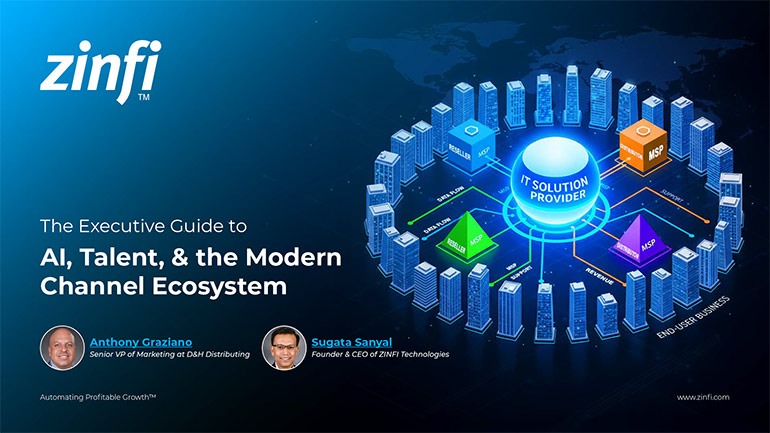 Modernizing Channel Marketing: AI and Ecosystem Enablement Best Practices
Modernizing Channel Marketing: AI and Ecosystem Enablement Best PracticesDownload for FREE
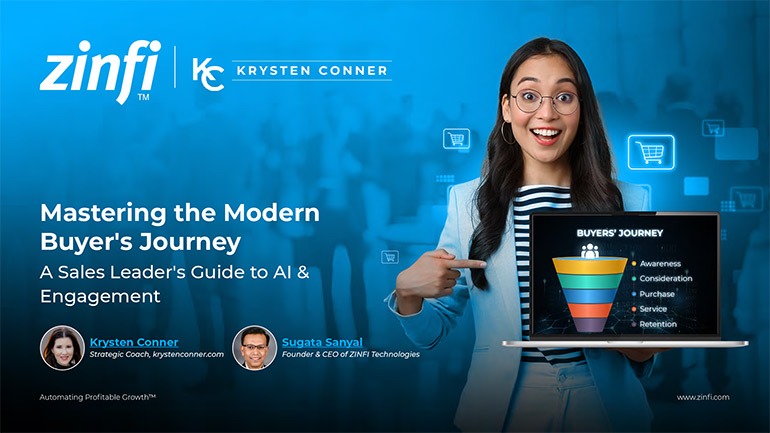 The Channel’s Shift to Partner-Led With AI Best Practices
The Channel’s Shift to Partner-Led With AI Best PracticesDownload for FREE
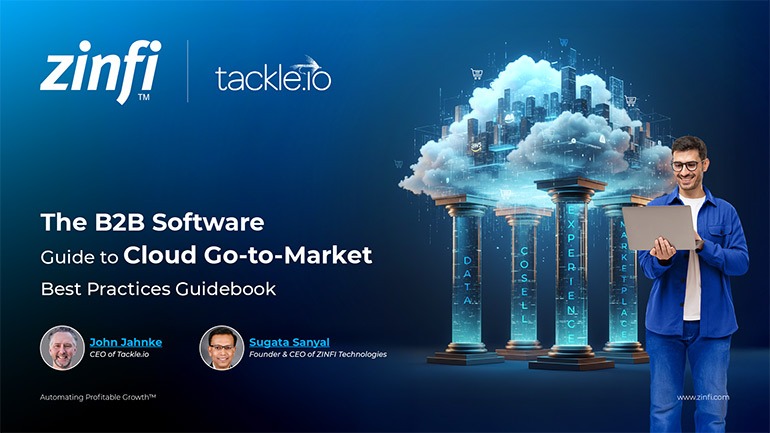 Hyperscalers, ISVs, and AI: Shaping the Future of B2B Software Distribution
Hyperscalers, ISVs, and AI: Shaping the Future of B2B Software DistributionDownload for FREE
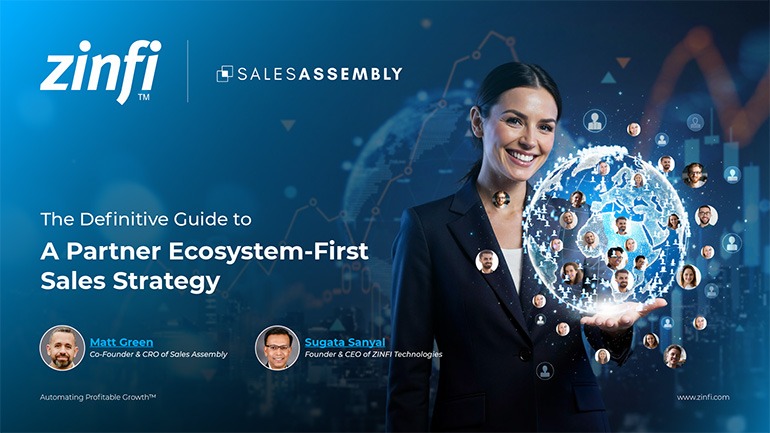 Definitive Guide to a Partner Ecosystem-First Sales Strategy
Definitive Guide to a Partner Ecosystem-First Sales StrategyDownload for FREE
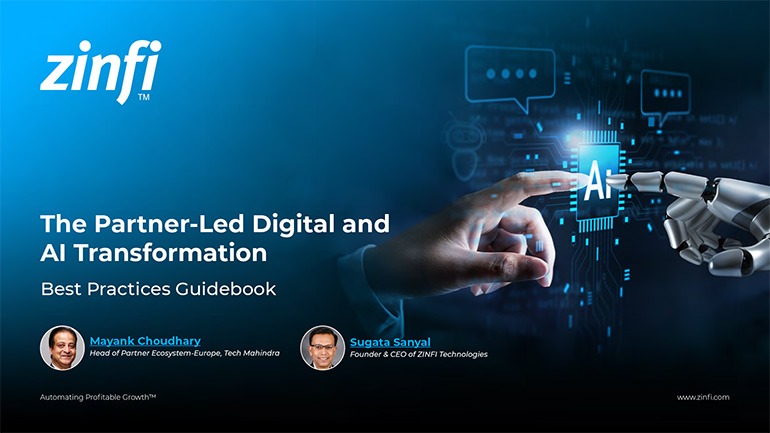 The Partner-Led Digital and AI Transformation Best Practices
The Partner-Led Digital and AI Transformation Best PracticesDownload for FREE
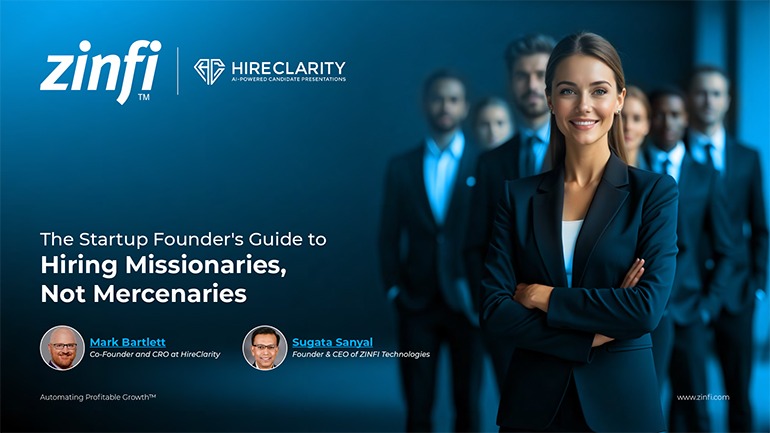 Startup Talent Recruitment: Hiring Missionaries, Not Mercenaries
Startup Talent Recruitment: Hiring Missionaries, Not MercenariesDownload for FREE
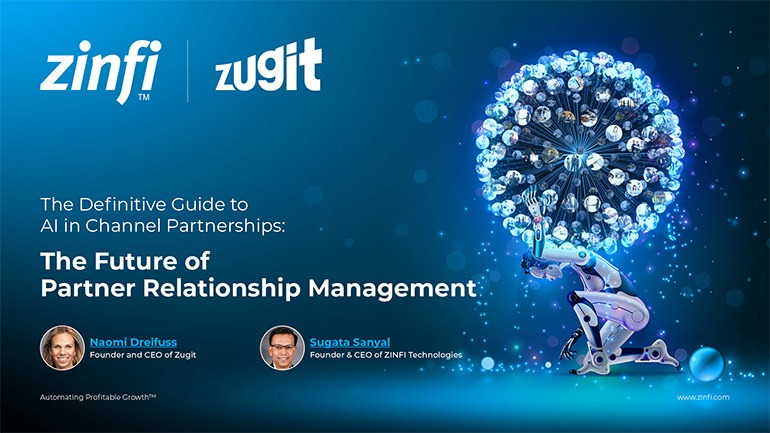 The Future of Partner Relationship Management with AI in Partnerships
The Future of Partner Relationship Management with AI in PartnershipsDownload for FREE
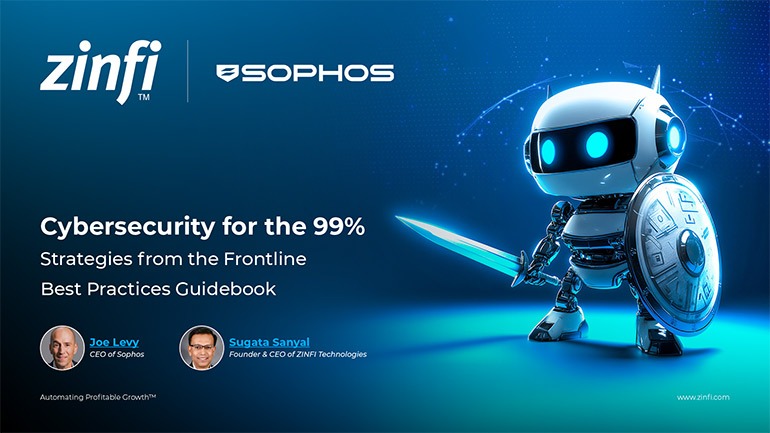 Cybersecurity for the 99%: Strategies from the Frontline
Cybersecurity for the 99%: Strategies from the FrontlineDownload for FREE
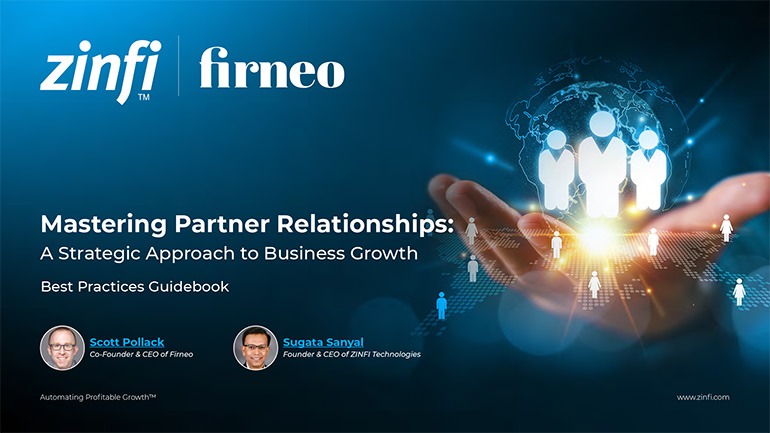 Mastering Partner Relationships: A Strategic Approach to Business Growth
Mastering Partner Relationships: A Strategic Approach to Business GrowthDownload for FREE
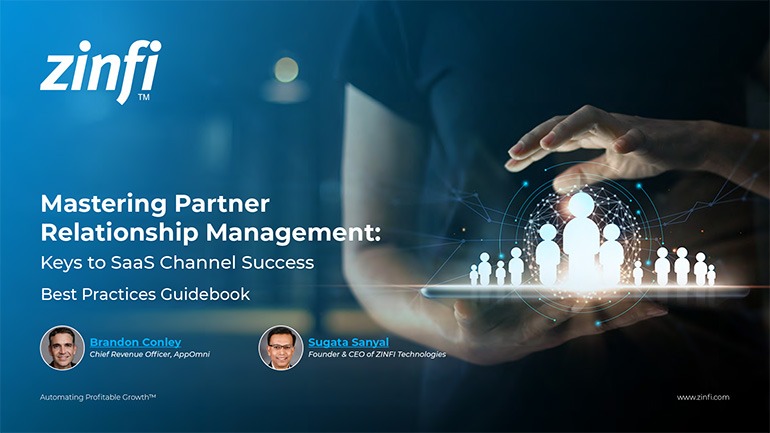 Mastering Partner Relationship Management: Keys to SaaS Channel Success
Mastering Partner Relationship Management: Keys to SaaS Channel SuccessDownload for FREE
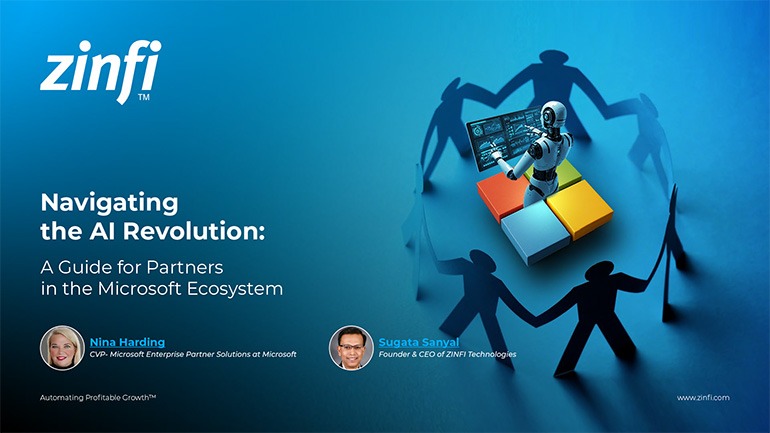 Navigating the AI Revolution: Guide for Partners in the Microsoft Ecosystem
Navigating the AI Revolution: Guide for Partners in the Microsoft EcosystemDownload for FREE
 Mastering the Modern Buyers Journey: Sales Leader’s Guide to AI & Engagement
Mastering the Modern Buyers Journey: Sales Leader’s Guide to AI & EngagementDownload for FREE

